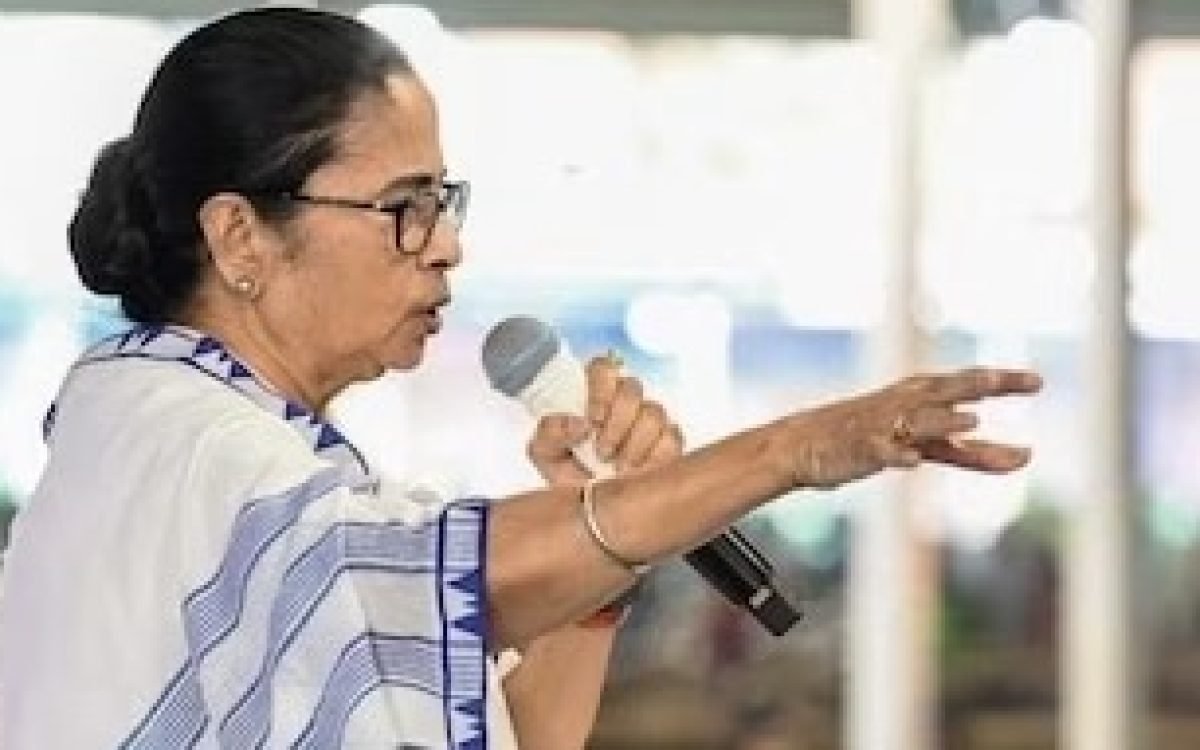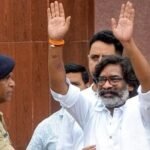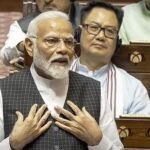In the annals of West Bengal’s political history, Mamata Banerjee stands as a formidable figure, renowned for her astute political acumen and unyielding determination. A revealing anecdote shared by a prominent English-speaking face of the Trinamool Congress (TMC) sheds light on Mamata Banerjee’s strategic brilliance and her approach to defeating the entrenched Left Front in the 2011 Bengal election.
The narrative unfolds with Mamata Banerjee’s rejection of conventional political tactics proposed in a PowerPoint presentation aimed at winning the election. Rather than engaging in a futile battle to replicate the Left’s grassroots organization, Banerjee envisioned a different path to victory—one centered on catalyzing events that would sow seeds of doubt and fear within the rival organization itself.
The protests against land acquisition in Singur and Nandigram emerged as pivotal moments that shook the foundations of the Left Front government. The heavy-handed tactics employed by the CPI(M), coupled with its arrogance, triggered widespread apprehension among the people of Bengal, igniting fears of land confiscation and tyranny. In essence, these events served as catalysts for the collapse of the Left’s stronghold in towns and villages, unraveling the fabric of their power structure from within.
Fast forward to the present, and West Bengal finds itself at a crossroads once again. The echoes of Singur and Nandigram reverberate in the air, as the state grapples with escalating political violence, rampant corruption, soaring unemployment, and mounting debt. The recent atrocities in Sandeshkhali threaten to redefine Mamata Banerjee’s political legacy, potentially mirroring the seismic shifts brought about by past events.
The parallels between the Left Front’s downfall and the challenges facing the TMC administration are striking. Just as the Left’s authoritarian rule fueled dissent and discontent, the TMC’s governance has been marred by allegations of coercion, corruption, and economic mismanagement. The simmering anger and disillusionment among the populace underscore the urgent need for introspection and course correction within Bengal’s political landscape.
As Mamata Banerjee navigates the turbulent waters of West Bengal politics, she faces a daunting task: to reconcile the aspirations of the people with the exigencies of governance. The legacy of Singur and Nandigram serves as a poignant reminder of the transformative power of grassroots movements and the volatility of public sentiment.
In the crucible of West Bengal’s political arena, Mamata Banerjee’s leadership is put to the test once more. The true measure of her statesmanship lies not only in her ability to weather the storm but also in her capacity to inspire hope, foster unity, and chart a course towards a brighter future for the people of Bengal. As history unfolds, the tale of Mamata Banerjee and West Bengal continues to captivate and compel, resonating with the timeless struggle for justice, democracy, and dignity.









